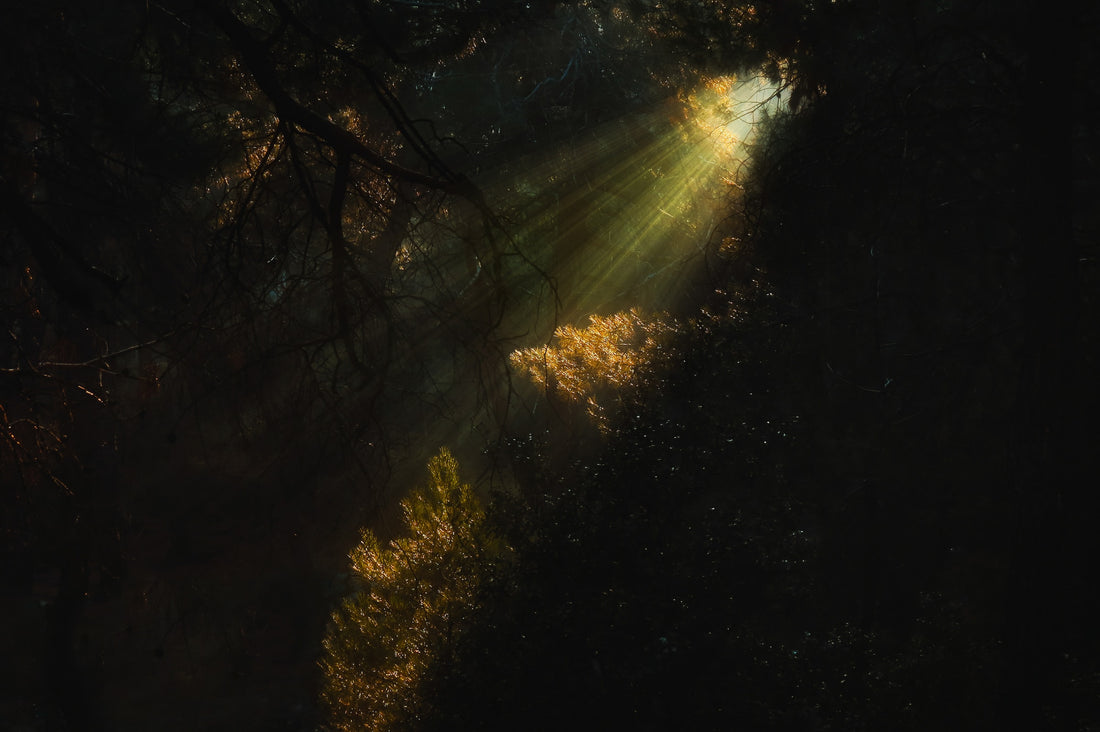Photography is often described as painting with light, and when it comes to low-light photography, the canvas takes on a whole new level of complexity. It's a captivating dance between illumination and shadow, where the slightest adjustment can transform a mundane scene into a work of art. In this blog post, we'll embark on a journey into the realm of low-light photography, delving into the nuances that make it a challenging yet profoundly rewarding endeavor.
1. Navigating the Challenges
Low-light photography is like a puzzle where each piece represents a unique challenge. The scarcity of light can introduce graininess, blur, and color distortions into your shots. To decode this puzzle, you must first grasp the basics of exposure and camera settings.
2. The Right Tools for the Job
Choosing the right equipment is akin to selecting the perfect brush for a painting. A camera with excellent low-light performance and a lens with a wide aperture (a low f-number) are your artistic allies in the battle against darkness.
3. Mastering Camera Settings
Imagine your camera as a musical instrument; the settings are the notes, and your vision is the melody. To compose a harmonious low-light shot, you need to hit the right notes:
ISO: Elevate the ISO setting to boost your camera's sensitivity to light. However, be wary of the noise that may creep in at higher ISO values.
Aperture: A wide aperture (a low f-number) opens up a portal for more light to enter, creating a mesmerizing shallow depth of field that adds an artistic touch.
Shutter Speed: The shutter speed is your conductor, controlling the tempo of the exposure. Slow it down to capture elusive moments, but ensure stability through a tripod or image stabilization.
4. Dancing with Natural Light
Low-light photography is a dialogue with the ambient light sources, be it the gentle glow of candles, the warm embrace of streetlights, or the ethereal radiance of the moon. These sources set the stage for your visual narrative.
5. Embrace the Art of Long Exposures
Long exposure photography is where time itself becomes your collaborator. By extending your shutter's open embrace, you invite moving elements to create poetic light trails and intricate patterns. It's a form of visual poetry.
6. Stability Matters
A tripod becomes your steadfast partner in this nocturnal dance. Coupled with a remote shutter release or timer, it ensures your shots remain sharp and untouched by the vibrations of your excitement.
7. Post-Processing as the Final Flourish
In the afterglow of your low-light photography adventure, don't hesitate to add your final brushstrokes. Post-processing tools like Adobe Lightroom can help polish your images, diminishing noise, balancing exposure, and elevating the overall visual narrative.
Conclusion
Low-light photography is not just about capturing images; it's about capturing moods, moments, and the subtle interplay of light and shadows that define our experiences. It's a journey into the artistry of the night, where every click of the shutter is a brushstroke on your canvas of imagination. So, the next time you find yourself in the embrace of darkness, remember to embrace the challenge and let the play of light and shadows reveal the stories that await your lens.

